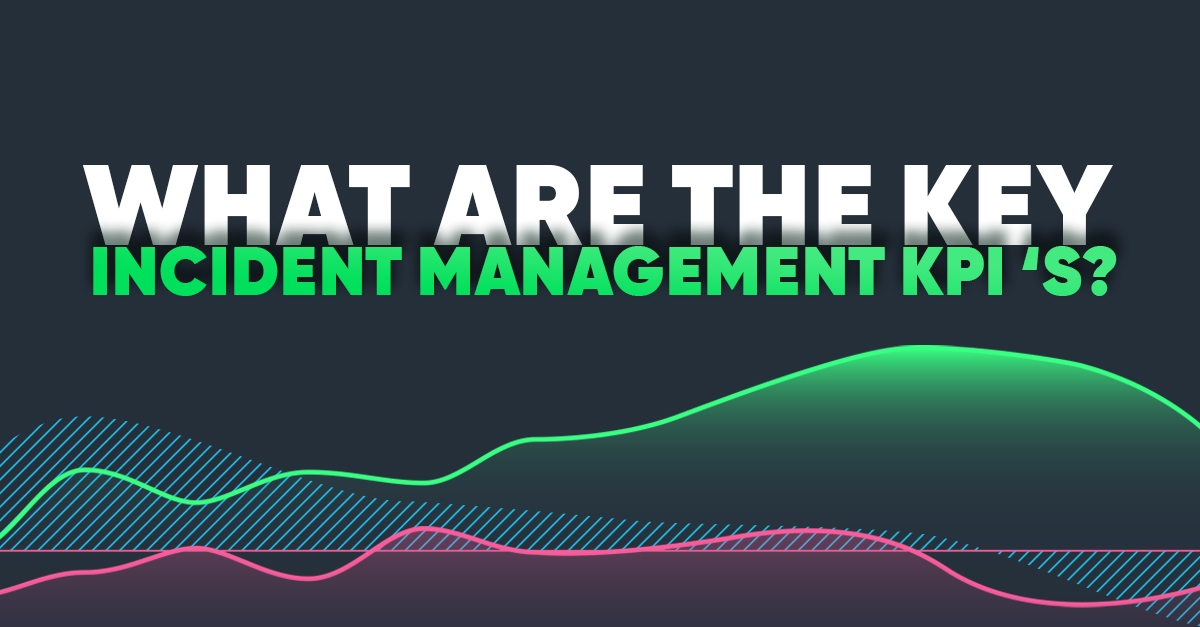Incident Management Metrics (KPIs) that matter the most
Key performance indicators (KPIs) are a tool that allows businesses to measure and improve their incident management performance against key measures. Understanding these KPIs and how to use them can be key to aligning ITSM with business goals.
We will review these Incident Management Metrics (KPIs) with a brief explanation and value of each item.
SLA Performance
Service level agreement. Service Level agreement are contracts between the IT department and its customers. These agreements set targets for managing uptime for various services provided to the business. An SLA may be granular, with multiple targets set for a given service based on severity. An SLA may measure uptime as well as time to respond and resolve outages, and may also cover communication requirements to the customers during outages. Track by team, severity and by incident owner.
Number of Incidents
Count of number of incidents over time for a given service. Can be used to measure performance as well as better align resources where they are most needed.
MTTA
Mean time to acknowledge. In an alerting system, this measures the average response time it takes for the IT teams to acknowledge that they are aware of the incident. This can be helpful in improving response time within IT. Track by team, by service, severity, and incident owner.
MTTR
Mean time to resolution. This should be measured versus specific services. MTTR can measures can help IT departments hone in on their resolution processes. Track by team, by service, severity, and incident owner.
On-Call Time
Monitor the on-call schedules for teams and people to ensure a balanced workload.
Number of Incidents
Monitor the number of incidents per team and per service. Also breakdown incidents by sever
Incident Cost
Can be calculated based off of MTTR or by detailed analysis per incident. Breakdown by service, severity and team. Visit Alertops for more Information related to Incident management Metrics.



